Water Cycle
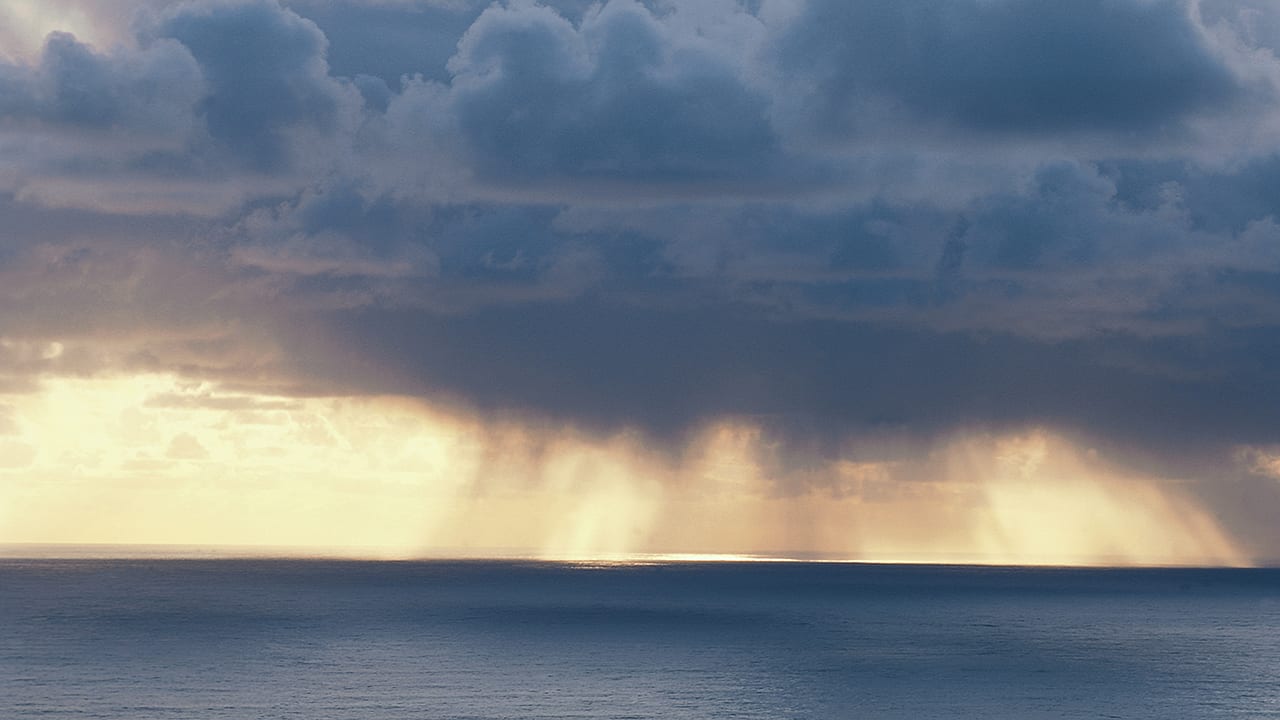
What is the water cycle?
Water covers 70% of Earth’s surface and plays a vital role in everything from cellular function to climate. Although we may recognize rain and snow as the most obvious parts of the cycle, precipitation is just one stage of a continuous series of movements water makes as it travels across the globe and into the atmosphere. Water is constantly in motion, shifting from reservoirs such as oceans, lakes, groundwater, and ice up into the atmosphere and back again.
In this complex system, heat causes water molecules to evaporate from bodies of water. The vapor rises into the atmosphere and eventually condenses into clouds. If droplets inside a cloud become heavy enough, they fall as precipitation (rain, snow, sleet or hail). Liquid water travels over the landscape as runoff or soaks into the ground to become groundwater. Plants take up groundwater but use only a small fraction of it; the rest is released through pores on the underside of leaves—openings through which water molecules evaporate into the air through transpiration. Along with evaporation from soil and water, this process drives evapotranspiration, which cycles moisture back to the atmosphere.
The water cycle includes water in all of its forms—liquid, solid (ice), and gas (vapor). Although water typically shifts between gas and solid by passing through a liquid phase, under the right conditions it can turn directly from gas to solid (deposition) or solid to gas (sublimation).
Why is it important?
Water is vital for life on Earth, and it plays an essential role in regulating climate. When water evaporates, it absorbs heat and cools Earth’s surface. That vapor then travels into the atmosphere where it releases heat as it condenses into clouds. Water vapor also traps the sun’s heat, creating a greenhouse effect that helps warm the planet. Without it, Earth would be a ball of ice.
On regional and local scales, the availability of water supports ecosystems and human activities such as agriculture and manufacturing. Changes to the water cycle can have profound consequences for society. Major shifts in precipitation patterns likely led to the downfall of ancient civilizations around the world, from Angkor to Mesoamerica to the Indus Valley.
How does climate change affect the water cycle?
A warming climate has begun to shift some well-established patterns of precipitation. Warmer temperatures increase evaporation, adding more water vapor to the atmosphere. At the same time, a warmer atmosphere can hold more water vapor, increasing downpours when precipitation occurs. Under the right conditions, this can lead to heavy rainfall events and catastrophic flooding. This is particularly true of tropical cyclones, which have grown in intensity over recent years, but also applies to temperate regions. Recurring atmospheric rivers dumping massive amounts of rain on the west coast of North America are one example. Unusually large swings in precipitation tied to the South Asian monsoon have also caused significant flooding events in recent years.
While some regions are inundated with rain, others experience drought, as a warming climate alters atmospheric circulation patterns. Prolonged drought can have profound impacts, particularly on agriculture, and it contributes to extensive wildfires and loss of vegetation.
How do human activities alter the water cycle?
As we have modified waterways to better accommodate our needs, we have had a significant impact on the water cycle at the regional level. Dams and reservoirs hinder the return flow of water to the ocean. Clear-cutting forests can decrease local precipitation and even change the location of developing storms.
Rain that falls over urban areas can’t soak into the ground when it encounters impermeable surfaces, such as roads, sidewalks, and buildings. Instead, rainwater runs over surfaces and overwhelms storm sewers, creating dangerous flash floods or more widespread flooding events that can damage urban infrastructure.
Even air pollution affects the water cycle. Water molecules attach to particles in the atmosphere, condensing into tiny droplets that make up clouds. In areas with air pollution, clouds can contain many smaller droplets—too small to fall as rain—which can limit precipitation in the area. Pumping groundwater from aquifers for use in agriculture is removing water faster than it can replenish in many areas, leading to significant regional water shortages.
How do scientists study the ocean water cycle?
The ocean water cycle is the marine branch of Earth’s water cycle. As the primary source of atmospheric moisture, it plays a crucial role in shaping global precipitation patterns and regulating climate.
In addition to on-the-ground measurements of precipitation and water flow, scientists use satellite data to track precipitation, evaporation, and freshwater movement. Some NASA satellites use changes in ocean salinity to detect shifts in the water cycle. Others track freshwater flows into the ocean and measure changes in ocean mass caused by influxes of freshwater from ice melt or runoff.
Because the ocean water cycle drives evaporation, influences cloud formation, and interacts with radiation balance, scientists track its changes to understand how climate change can lead to heavier rainfall events—or disrupt rainfall patterns altogether.
Allan, R.P. et al. Advances in understanding large-scale responses of the water cycle to climate change. Annals of the New York Academy of Sciences. Vol. 1472. 2020. doi: 10.1111/nyas.14337.
Buckley, B.M., et al. Climate as a contributing factor in the demise of Angkor, Cambodia. PNAS. Vol. 107. March 29, 2010. doi: 10.1073/pnas.0910827107.
Douglas, P.M.J. et al. Impacts of climate change on the collapse of lowland Maya civilization. Annual Review of Earth and Planetary Sciences. Vol. 44. May 11, 2016. doi: 10.1146/annurev-earth-060115-012512.
Lippsett, L. Calculating evaporation from the ocean. WHOI. October 12, 2012. https://www.whoi.edu/oceanus/feature/evaporation/
NOAA. Water cycle. https://www.noaa.gov/education/resource-collections/freshwater/water-cycle Accessed February 10, 2025.
Turner, A.G. & H. Annamalai. Climate change and the South Asian summer monsoon. Nature Climate Change. Vol.2. August 2012. doi: 1031038/nclimate1495.
WHOI. Climate change likely caused migration, demise of ancient Indus Valley civilization. November 13, 2018. https://www.whoi.edu/press-room/news-release/climate-change-likely-caused-migration-demise-of-ancient-indus-valley-civilization/
News Releases
Indian Ocean phenomenon spells climate trouble for Australia
Salty Oceans Can Forecast Rain on Land
[ ALL ]
WHOI in the News
Global heating supercharging Indian Ocean climate system
More Than 11,000 International Scientists Declare Climate Emergency
Oceanographer wins big money in rainfall forecasting contest
Clues To Better Rainfall Predictions
Reading the tea leaves for effects of climate change
[ ALL ]
From Oceanus Magazine
Creating synergy through art and science
A collaboration between the Art League of Rhode Island and WHOI scientists transforms abstract concepts into engaging perspectives on our ocean world.
A Rainfall Forecast Worth its Salt
WHOI scientist Ray Schmitt and sons take top prize in rainfall forecasting competition.
Can We Improve Monsoon Forecasts?
Scientists are exploring the ocean to gain new insights into forecasting the still-unpredictable monsoon rains that billions of people depend on to irrigate their crops
Extreme Climate
Extreme climatic events such as unusually severe storms and droughts can have profound consequences for life both on land and in the ocean. Woods Hole Oceanographic Institution climate scientist Caroline Ummenhofer studies the ocean’s role in the global water cycle and its effects on extreme weather and climate.
To Forecast Rain, Look to the Ocean
Ever since humans have existed on Earth, they have looked to the heavens to forecast rain. But more reliable clues may lie in the ocean. New research by scientists at…

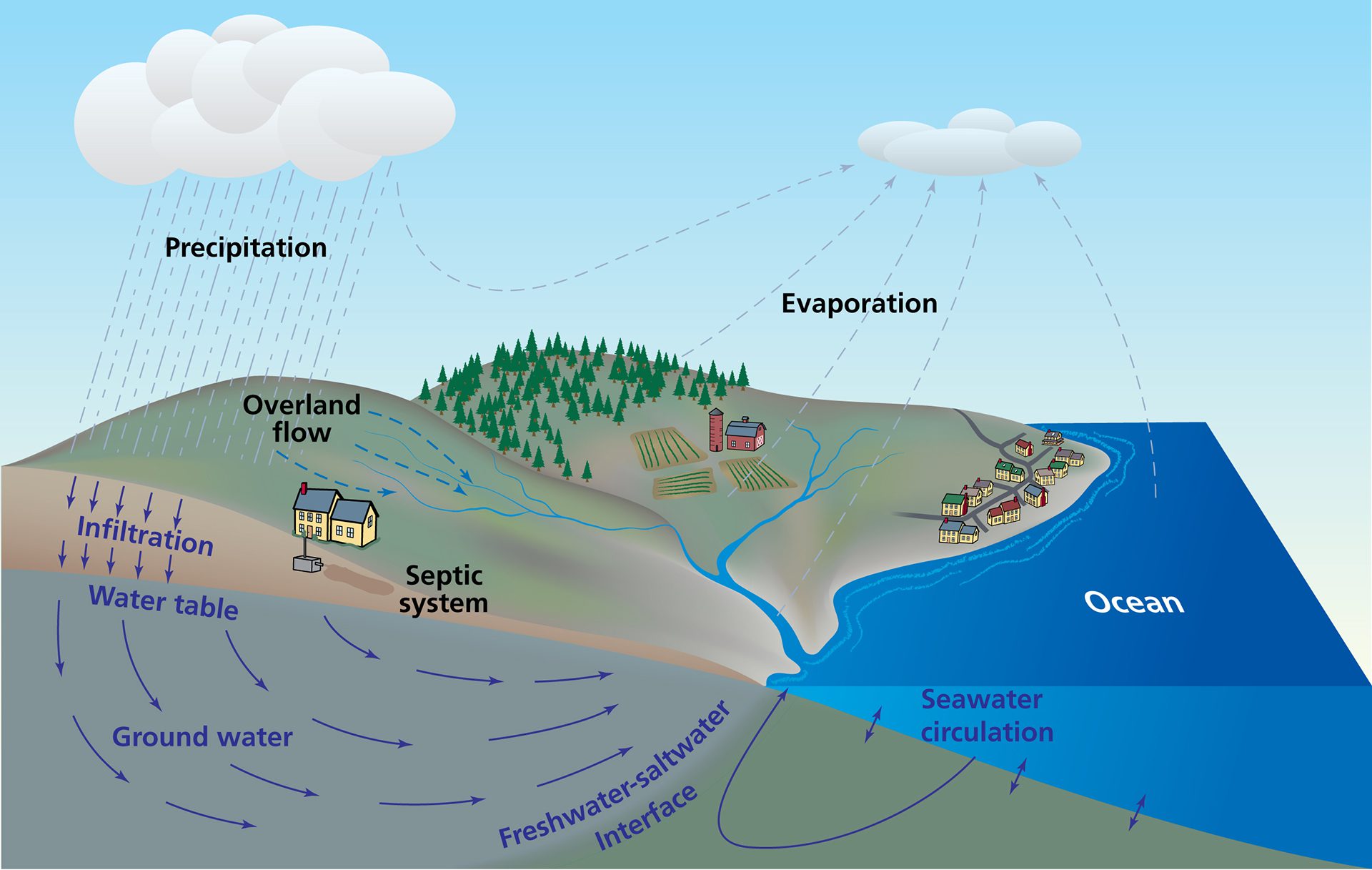

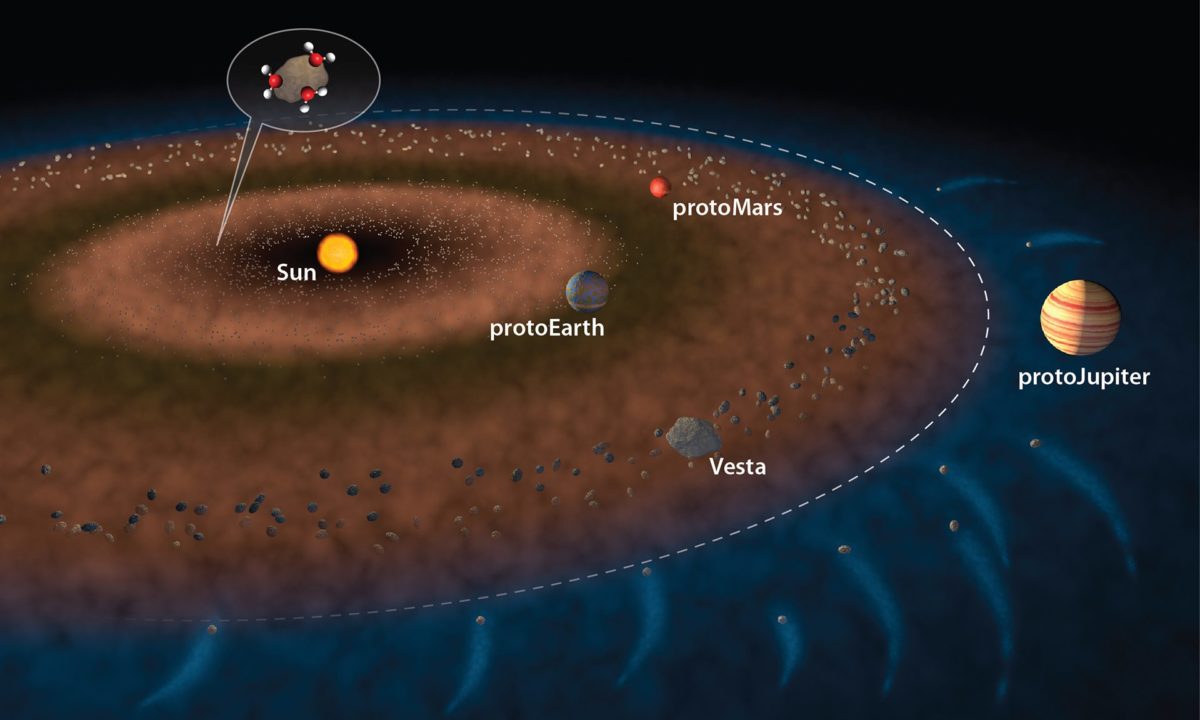

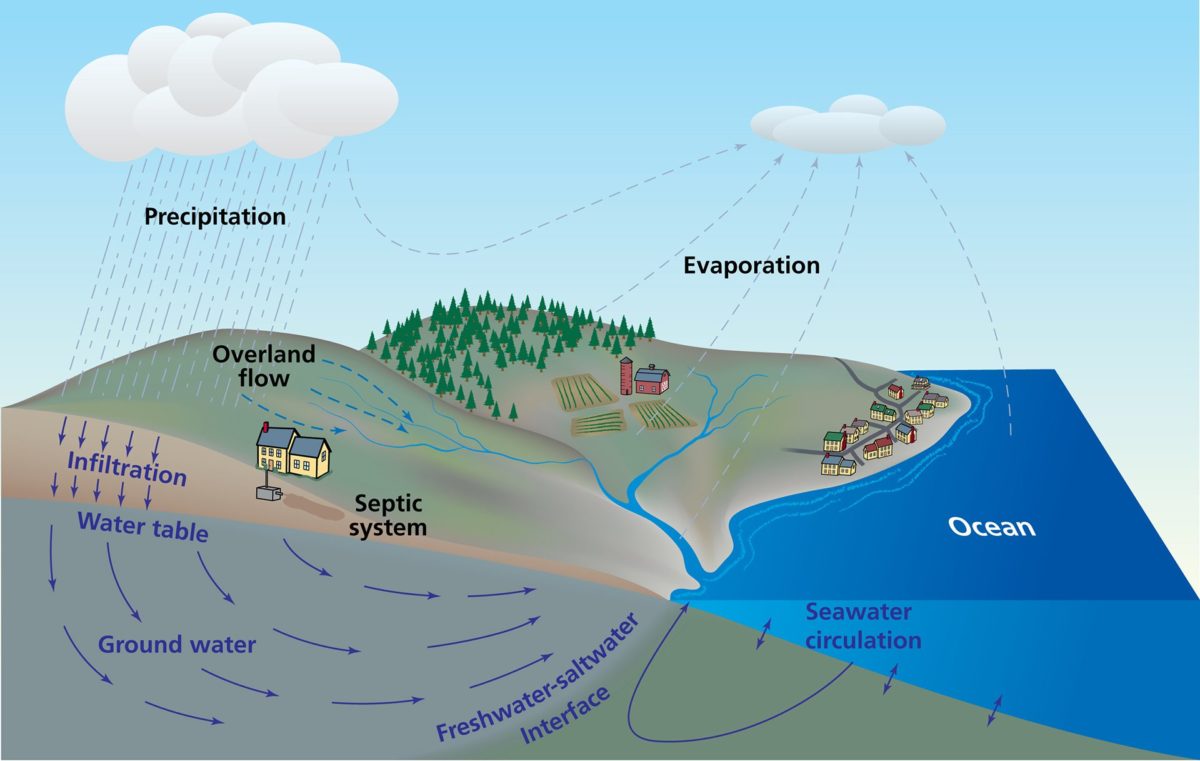
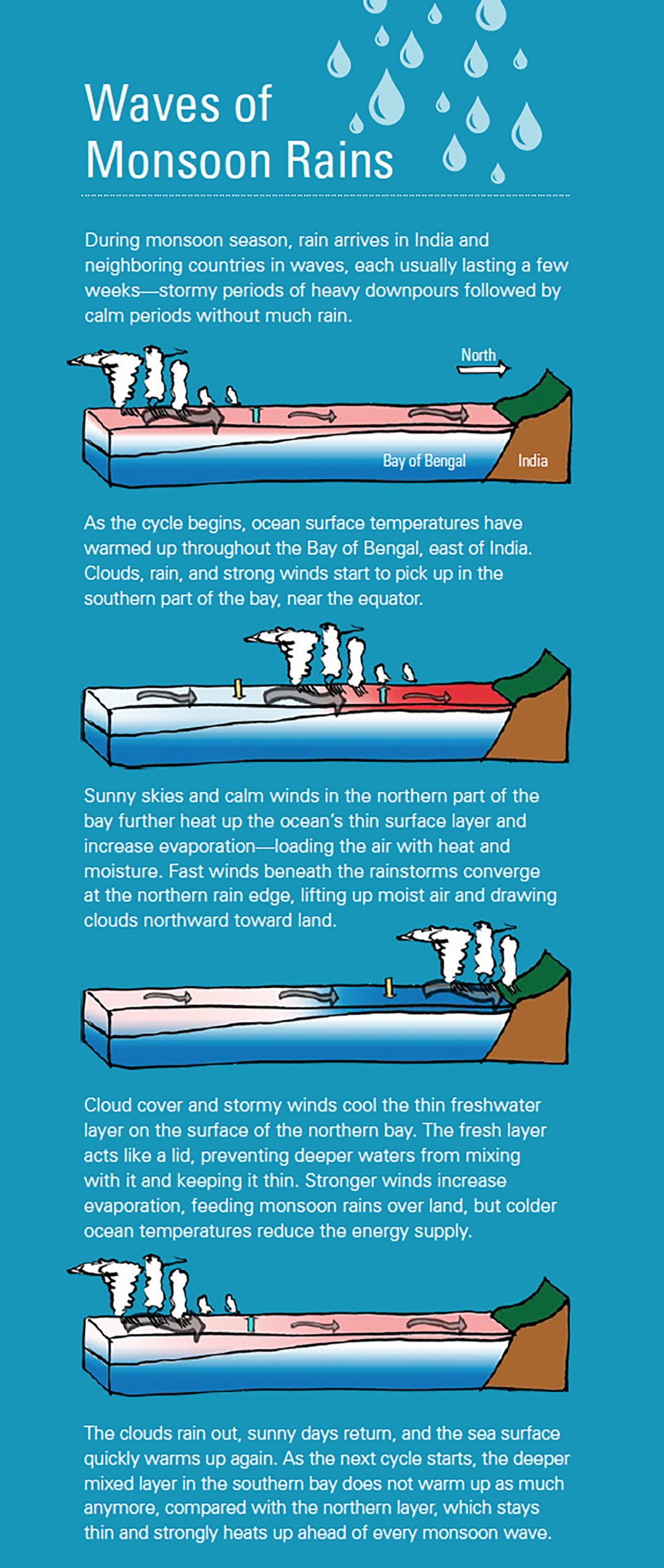
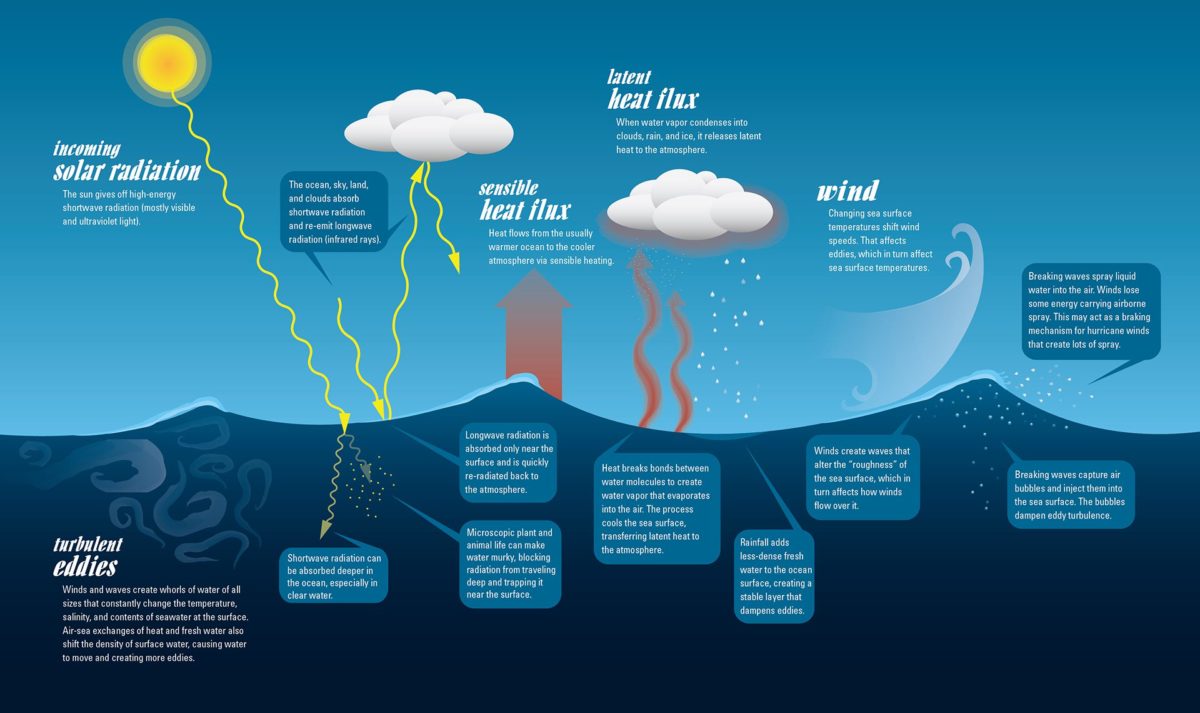
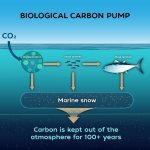 Biological Carbon Pump
Biological Carbon Pump  Carbon Cycle
Carbon Cycle